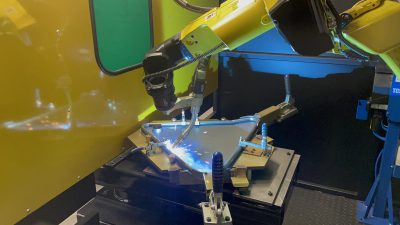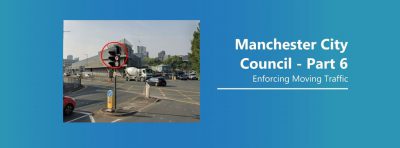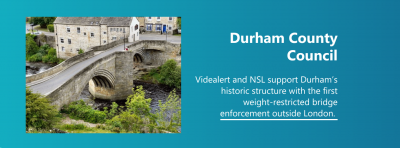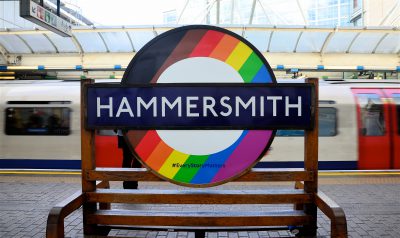The Challenge
Stansted Airport is the second busiest airport in the country with over 26 million passengers passing through the estate
annually. The estate management team had identified three major issues with visitors onto the airport estate which urgently needed addressing to ensure road and passenger safety.
- Major safety concern had arisen for passengers as vehicle drivers were stopping illegally to off load passengers in areas where no pedestrian infrastructure was in place causing pedestrian danger and potentially blocking road access to emergency vehicles.
- Incidents of reckless and dangerous tailgating whilst leaving car parks were increasingly becoming a concern.
- Revenue leakage due to lack of professional parking and enforcement management.
To enhance the safety of the airport, the team had started to explore and implement policies which would maintain the free flow of the road network to guarantee emergency vehicle access across the estate. Maintaining clear roads was essential for public and staff safety. Members of the public, taxis and private hire organisations had entered into the bad habits of dropping passengers on the road verge and leaving passengers to make their way to the terminal on foot where no pedestrian infrastructure was present and to cross roads under dangerous circumstances. The habit was seen as a considerable safety concern to the airport.
The Solution
Part 1- Videalert Technology
Marston proposed a technology solution using a Videalert mobile enforcement vehicle (MEV) with cameras located within the vehicle designed to capture motorists who committed contraventions.
Whereas under previous operators the airport had experienced revenue leakage from such schemes, with Marston at the helm Stansted saw additional revenue generation due to the implementation of professional enforcement, which in turn, and more importantly for the Stansted operations team, leads to a safer road network. One of the major advantages of the MEV solution operated by Videalert is that the operators of the system had no direct engagement with the drivers who were transgressing – resulting in no angry exchanges and confrontations between drivers and Stansted operating staff.
Despite the MEV only operating 8 hours a day they had a transformational impact on driver behaviour and improved road safety, with the added impact of additional revenue making the scheme self-financing within a year of operation.
The Stansted team discovered that one of the key benefits from utilising the MEV was the data they could use to analyse where on the airport were the worst congested spots. This analysis of the data over a number of months allowed the team to focus on the worst areas and to deploy a number of fixed position cameras operating 24 hours a day. Without the supporting data from the Videalert MEV’s they would not have been in a position to identify the best area to place fixed cameras to ensure safe roads.
Part 2 – NSL Single Contact Centre Notice processing
Both Stansted and Marston were committed to build on the success and to utilise a continuous learning programme to develop addition value for airport safety. Therefore, following the success of the MEV technology Stansted engaged with Marston to solve another potentially dangerous and sadly regular occurrence at the airport car parks. Customers had begun to engage in tailgating other cars on exiting a car park. This dangerous practise was causing a significant safety concern with drivers tailgating at speed to avoid payment in selected car parks. The installation of fixed cameras operating 24 hours seven days week helped reduce tailgating dramatically – it also demonstrated that the main offenders were taxicab operators who were now being identified and fined for this dangerous offence. Stansted worked closely with Marston to establish firm and fair policies and procedures in line with industry best practice including an independent appeals process operated through the Parking on Private Lands Appeals (POPLA) service.
According to Steve Mills, Surface Access Manager – Landside Operations at London Stansted Airport:
“NSL has provided us with a cost-effective enforcement solution that will enable us to rapidly achieve high levels of compliance, particularly in respect of the repeat offenders that try to avoid paying their parking charges. This has been a particular issue in short term car parks where people have routinely stayed two weeks without paying. The cameras will help us to eliminate lost parking revenues and improve safety for all passengers around the airport.”
Marston, in addition to supplying the technology to enforce contraventions, also provides the back-office support to handle the payment and formal appeals process for drivers. This professional support service provides a dedicated email and phone line for drivers to query any Parking Charge Notice (PCN) received. The Marston Single Contact Centre team mange this service and provide comprehensive evidence packs to support appeals from drivers at POPLA. The professional service they provide includes conducting monthly review meetings to discuss the operation, regular reporting systems to senior Stansted Managers and advice and full transparency of the service they are supplying including admitting to and then rectifying any errors which may occur within the service in a timely manner.
Part 3 – Debt Collection and Vehicle Recovery
As one of the only providers in the country of an end -to-end solution for Parking related technology Marston also provide recovery services to Stansted to remove vehicles left in unsafe and dangerous locations which could prevent the safe passage of emergency vehicles. Finally, as part of the full service Marston provide debt collection services to recover revenues from individuals and organisations who refuse to pay for or acknowledge the contravention they have committed.
This service is a full-scale partnership between Marston and Stansted Airport, it is jointly branded and the decision on who, when and how to enforce is always with Stansted Management to direct. Persistent offenders can now be directly identified, and the Airport can make informed decisions on what action they wish to take against these drivers.
The commitment to deliver a more sustainable and greener airport is at the heart of the parking solution operated between Marston and Stansted. Direct enforcement of parking and illegal vehicle waiting is having a real and lasting impact on driver behaviour with the ultimate goal of moving even more visitors to the airport away from road transport and towards public transport.
The parking solution implemented at Stansted has met and exceeded its original business case evaluation and has returned an unexpectedly higher return on investment – paying for itself with 12 months of implementation.
Outcomes
- Stansted has seen several key outcomes from its partnership with Marston
- Road safety has improved – driver behaviour has changed because of professional enforcement of no stopping zones
- Tailgating in car parks has reduced leading to safer car parks and link roads
- Parking revenues have increased, and the additional resources is being spent on additional road and passenger safety projects
- Partnering with Marston has led to self-financing parking and enforcement projects leading to a safer airport road network. Finally, Steve Mills from Stansted Airport commented:
“We have been delighted with the partnership forged with Marston Holdings, the level of expertise and professionalism has been exceptional – together we have accomplished more than I ever could have imagined.”








